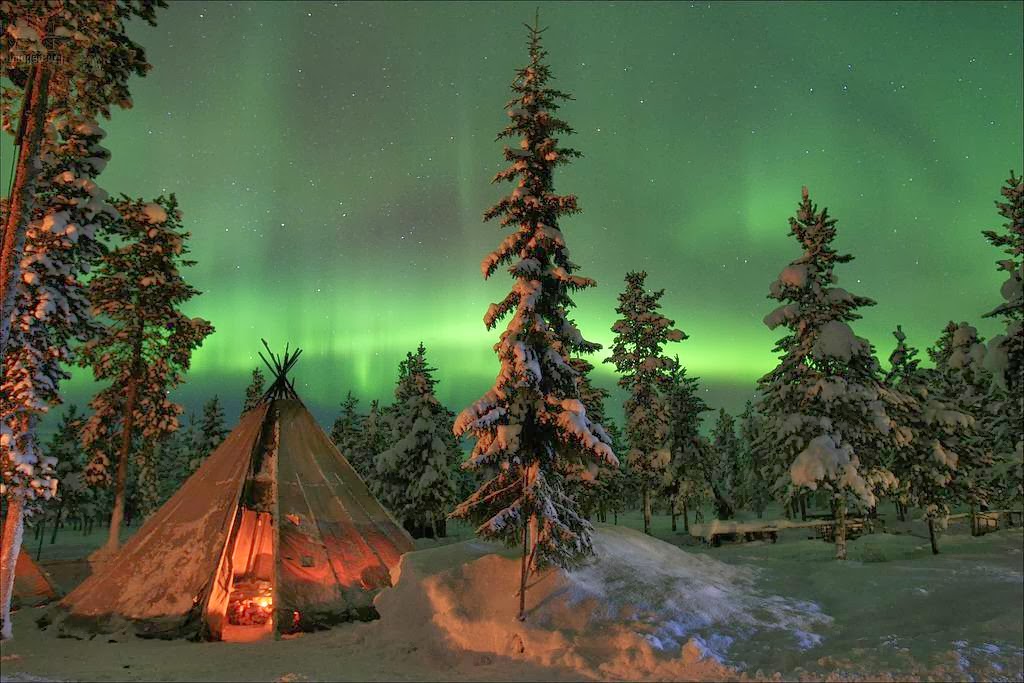12 December 2021
The Northern Lights - Aurora Borealis
In 1621 the French scientist Pierre Gassendi (left) decided to name the strange natural displays of light he had observed in the sky. He took the name of the Roman goddess of the dawn, Aurora and combined it with the Greek name for the north wind, Boreas.
The world had a name, finally, for these mysterious light shows – aurora borealis.
For those who find Latin/Greek combination names something of a mouthful there is still the alternative name – the Northern Lights. The closer you are to the North Magnetic Pole the more likely you are to see the lights. Many confuse the magnetic pole with the geographic North Pole but they are not the same thing at all.
Image Credit Flickr User Even Matheson
Image Credit Flickr User Alessandro Pisani
The Geographic North Pole is the point at which the axis of rotation of our small blue planet meets its surface. The North Magnetic Pole is where the magnetic field of the planet points down at an angle of 90° - vertically in other words. A moveable point, it is at the moment hosted by the Canadians and as such, aurora borealis is common in that country.
Image Credit Flickr User Carl Jones
Image Credit Flickr User Caillum Smith
Image Credit Flickr User Ronel Reyes
As you near the magnetic pole the Northern Lights appear high above your head but as you go further away from the pole they seem to light up the whole of the northern horizon. They are normally a greenish glow though sometimes red can be seen in the patterns. It is almost as if the sun is rising from a strange new angle.
Image Credit Flickr User FriedrikRB
Image Credit Flickr User Alessandro Pisani
Image Credit Flickr User musubk
Of course, Gassendi was not the first person to give the phenomenon a name – his suggestion was just the first that stuck. The Cree people of the North Americas called the Northern Lights the Dance of the Spirits which is more than appropriate as a visual metaphor.
Image Credit Flickr User Carl Jones
Image Credit Flickr User Beverley & Pack
Image Credit Flickr User Vic Montol
A Norse account from the thirteenth century ponders the origins of the aurora borealis. Three possibilities are mooted – the first that the oceans must be surrounded by fires of such enormity as to make the sky glow. The next was that glaciers became fluorescent after soaking up sunlight.
Image Credit Flickr User musubk
Image Credit Flickr User Hans J Hansen
Image Credit Flickr User musubk
The third however was a good guess for 1230 AD. It maintained that flares from the sun were so powerful as to reach around the world and illuminate the night side. This theory was wrong but given scientific knowledge of the time was as good a guess as we were going to get.
Image Credit Flickr User dag endre opedal
Image Credit Flickr User Claudia Regina cc
Image Credit Flickr User Ben Hussman
The advent of digital photography has meant that images of this amazing sight are captured on camera more often, as these marvellous photographs show. The Northern Lights can make anyone who see them excited – often gleeful. The secret to this phenomenon does, indeed, often lie in excitability.
Image Credit Flickr User Visit Finland
Image Credit Flickr User Visit Finland
Image Credit Flickr User Timo Newton-Syms
The Northern Lights are caused by atoms becoming excited. Nitrogen and oxygen atoms become excited by solar winds above the fifty mile mark in the atmosphere. This is when the energy levels of the atoms are elevated due to the higher temperatures in the atmosphere.
Image Credit Flickr User Nessa Florencio
Image Credit Flickr User Carsten Frenzl
Image Credit Flickr User Carsten Frenzl
The Northern Lights are also a result of ionisation. An atom is transformed in to an ion when charged particles (such as electrons) are added (or removed). What causes this was a mystery for centuries. The culprit comes from the sun itself.
Image Credit Flickr User Greenland_com
Image Credit Flickr User Visit Greenland
Image Credit Flickr User Visit Greenland
In the case of the Northern Lights, atoms from the two elements have had an electron removed by the solar wind. When they regain an electron and return to what is known as their ground state they emit photons which is the basic unit of light. These become visible to the naked eye because there are so many of them being emitted by the nitrogen returning to its ground state.
Image Credit Flickr User Andy Gentsch
Image Credit Flickr User Imagea.org
Image Credit Flickr User Visit Greenland
Oxygen atoms mostly emit green light although it can be a reddish brown too depending on the amount of energy that has been absorbed. Nitrogen on the other hand appears either blue if the atom has reclaimed it missing electron after ionization. It appears red if it has been in an excited state and is returning to its ground state.
Image Credit Flickr User NASA
Image Credit Flickr User NASA
Image Credit Flickr User NASA
The lucky few have seen the aurora borealis from space. Whether or not you are interested in the science behind the phenomenon, the Northern Lights remain something that once experienced, is rarely forgotten.
First Image Credit Flickr User Omar Smith











































